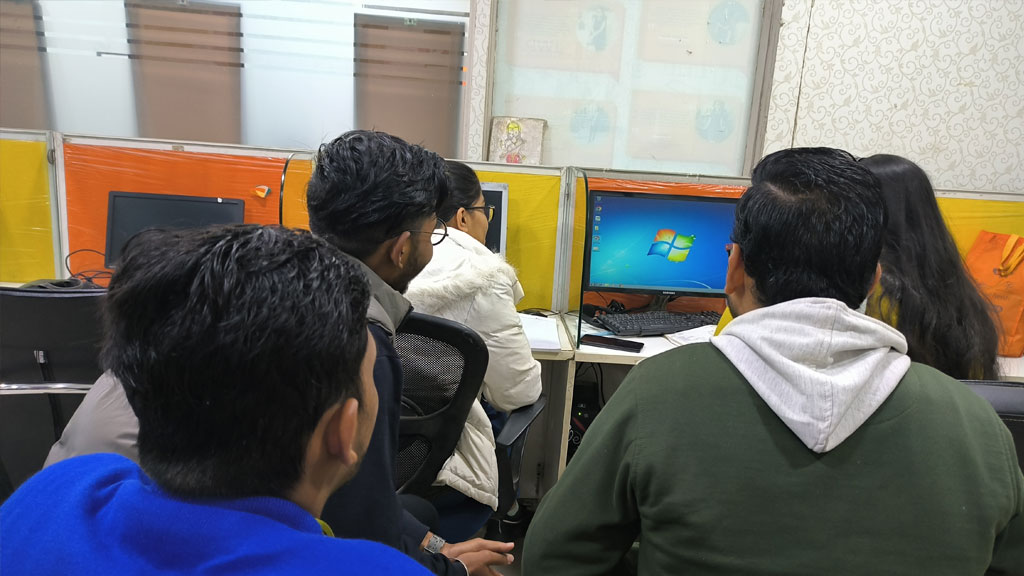Introduction: In the digital age, multimedia has become a powerful means of communication, blending visuals, audio, and interactive elements to tell engaging stories. For those looking to master the art of multimedia, enrolling in a multimedia course is the first step toward unlocking the creative potential within digital media. In this blog post, we will explore the fascinating world of multimedia courses, understanding the diverse skills they cover and how they empower individuals to craft compelling narratives in the digital landscape.
- Multimedia: A Symphony of Creativity: Multimedia is more than just a combination of text and images; it’s an immersive experience that weaves together graphics, audio, video, and interactive elements. Multimedia courses dive into the principles of design, storytelling, and technology to create impactful digital content.
- Graphic Design Fundamentals: A strong foundation in graphic design is fundamental to multimedia. Courses cover the principles of layout, typography, color theory, and image manipulation, enabling students to create visually stunning and cohesive designs.
- Video Production and Editing: Multimedia courses often include modules on video production and editing. From capturing compelling footage to mastering editing software, students learn to create dynamic videos that convey messages effectively in the digital realm.
- Audio Production and Editing: Sound plays a crucial role in multimedia storytelling. Courses delve into audio production techniques, including recording, editing, and incorporating sound effects and music to enhance the overall multimedia experience.
- Interactive Design and User Experience (UX): Creating interactive and user-friendly experiences is a key aspect of multimedia. Courses cover interactive design principles and user experience concepts, ensuring that digital content engages and captivates its audience.
- Animation and Motion Graphics: Multimedia courses often explore the world of animation and motion graphics. Students learn to bring static elements to life, creating dynamic and visually appealing animations that add depth and interest to multimedia projects.
- Web Design and Development: With the prevalence of online platforms, understanding web design and development is crucial. Multimedia courses teach students how to create responsive and visually appealing websites, incorporating multimedia elements seamlessly.
- Virtual Reality (VR) and Augmented Reality (AR): The immersive experiences offered by VR and AR are gaining prominence in multimedia. Courses introduce students to the principles of creating content for virtual and augmented environments, expanding their skill set to meet the demands of evolving technologies.
- Storytelling in Digital Media: Effective storytelling lies at the heart of successful multimedia projects. Courses guide students in understanding narrative structures, audience engagement, and the art of crafting compelling stories that resonate across various digital platforms.
- Portfolio Development and Project Management: Building a strong portfolio is essential for showcasing one’s skills in the competitive field of multimedia. Courses often include practical projects that allow students to apply their knowledge and develop a portfolio that reflects their creative prowess. Additionally, project management skills are honed to ensure efficient workflow and timely delivery of multimedia projects.
Conclusion: Embarking on a multimedia course is an exciting journey into the realm of digital creativity. Whether you aspire to be a graphic designer, video producer, or interactive media specialist, these courses provide the tools and knowledge needed to thrive in the dynamic and ever-evolving world of multimedia. A multimedia course is not just an educational pursuit; it’s an invitation to explore the limitless possibilities of digital expression and to become a storyteller in the language of the future.

